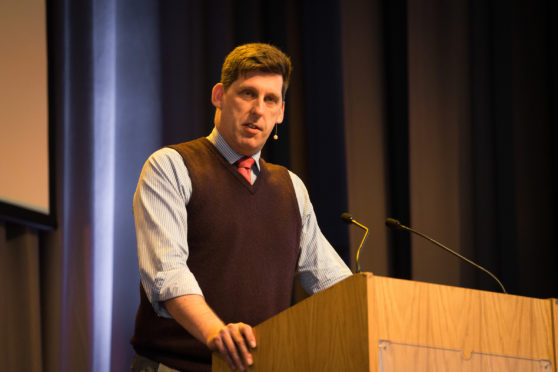A lack of money post-Covid could leave governments unable to make the policy interventions needed to drive the energy transition, it was claimed yesterday.
Lord Ian Duncan, former parliamentary under secretary of state for climate change, said the funds required to hit climate targets and commitments will likely have to be footed by the taxpayer.
Scottish Renewables’ annual conference brought industry leaders together virtually yesterday to discuss what the future relationship between policy makers and industry might look like with Brexit and Scottish Government elections on the horizon.
The Energy Policy White Paper, which will set out how the UK Government plans to meet its commitment to become net-zero by 2050, is due to be published later this year.
But Lord Duncan, who also served as under secretary of state for Scotland, has warned that increased public spending to meet climate ambitions will incur a trade-off.
He said: “There’s going to be a gulf between the ambition of governments and the ability to deliver against it.
“The unspoken element of every single one of the targets and commitments is that money will be required.
“It’s easy to believe that funding will come from the magic money tree that is government but, in truth, it usually ends up coming from consumers, either through the tax base or bills.
“The challenge going forward in the short term is that money will be harder to come by and that will impact on the ability to deliver these macro changes.”
Lord Duncan added: “We’re now at a stage where the ambition remains the same but the ability to do so doesn’t just depend upon government committing to it.
“It also depends upon the ability to finance it at a state level, a tax level and a consumer level.
“Those are questions which I think right now produce very different answers than they would have done, even one year ago.”
Also speaking at the conference, Chris Stark, chief executive of the committee on climate change, confirmed the public body would release its plan to axe carbon emissions in December.
He said: “My institution is going to give much more detail about how we see that transition taking place. We’re going to give our advice on what’s called the UK’s sixth carbon budget.
“We’re going to be spelling out, for the first time ever, a full pathway to net-zero in the UK and in Scotland. That means in every sector we’ll have the deployment information, the investment numbers, the costs and crucially also the benefits.”
business@thecourier.co.uk










